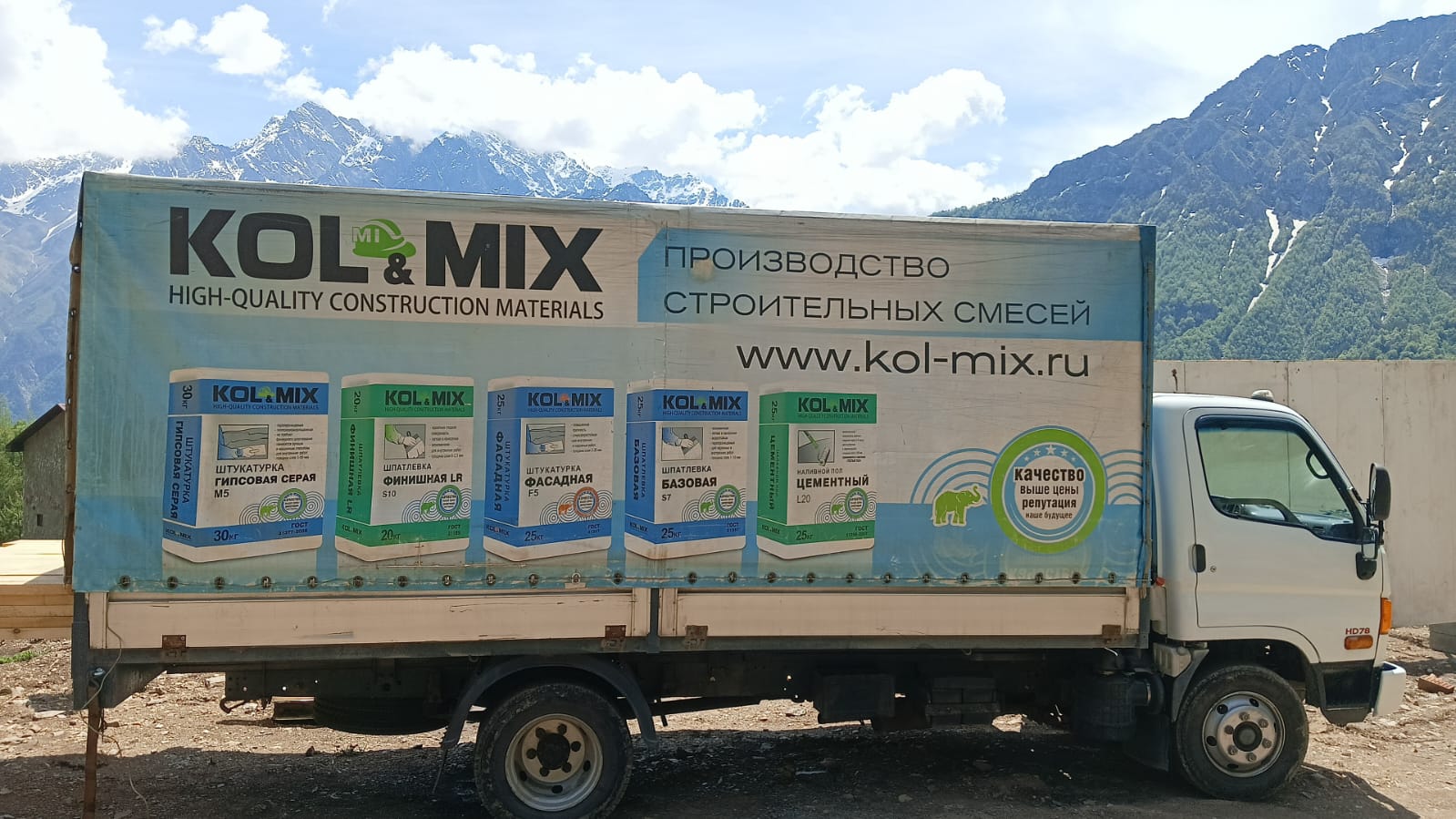When it comes to working with lumber, one of the most crucial steps is treating the material to ensure its longevity. lumber is a consumable material that is prone to damage caused by various elements, such as humidity, insect infestation, and sunlight. As a result, it is essential to apply wood treatment options to protect your material and extend its usage period. In this article, we will explore the different options of wood treatment options available and their characteristics.

One of the most popular wood treatment options is flame protection. This type of treatment involves applying a chemical solution to the material to slow down the spread of flame. retardant wood is commonly used in construction projects, especially in places where occupant safety is a concern, such as hospitals and offices. This type of treatment is also beneficial for outside activities, as it can protect the wood from heat damage caused by wildfire or accidental fires.
Another type of wood treatment is treated wood. Pressure-treated wood is treated with chemicals that repel insect infestation and inhibit mildew. This type of treatment is commonly used for outdoor projects, such as patios and fences, as it provides long-lasting protection against rot, insects, and other wood-boring pests. Pressure-treated wood can be further divided into two subcategories: alkaline copper quaternary (ACQ) and chromated copper arsenate (CCA). ACQ wood is a more eco-friendly option, while CCA wood is still widely used despite being regulated in residential application in several countries due to issues over pollution.
preservatives may also be used as a finishing technique. These are chemical solutions that are applied directly to the wood to protect it from decay and insect damage. Preservatives are commonly used for projects such as foundation solutions and equipment. Modern solutions are available in different formulations to suit various needs, ranging from eco-friendly choices to more permanent solutions that can withstand harsh environments.
wood finishes are popular protective treatments that offer excellent protection against sunlight and moisture damage. These products create a protective seal on the wood surface, preventing damage and maintaining its natural appeal. wood finishes can be applied to both inside and outdoors and can last anywhere from a few months to several years, depending on weather conditions.
Another innovative finishing technique is the use of borate-based treatments. Borate is a naturally occurring element that is toxic to certain pests, but safe for humans. eco-friendly solutions are an eco-friendly solution that protects wood from insect damage and fungal growth while maintaining its natural appearance. These products are commonly used for exterior projects, such as wooden beams and decking.
Lastly, consider the natural and chemical-free alternative offered by using various oils applied directly onto the wood for protection. For example, teak oil and linseed oil have been found to resist moisture damage. Natural wood preservation is gaining traction as consumers seek more eco-friendly and строительные материалы магазин environmentally friendly options even for wooden products with a relatively shorter service life.
When selecting a finishing technique, it is essential to consider several factors, including the material, its intended use, and the desired appearance. While there are many excellent options available, not all wood treatments are suitable for all projects. By choosing the right treatment option, you can ensure that your wood remains in excellent condition for years to come, providing you with a beautiful and long-lasting product that fulfills its intended purpose.
